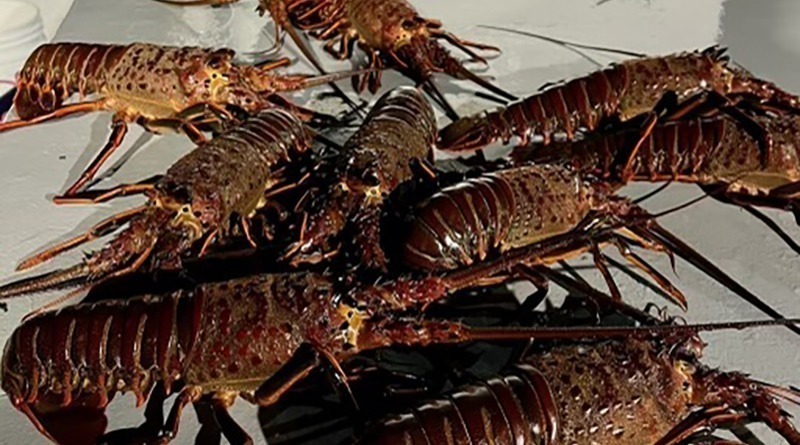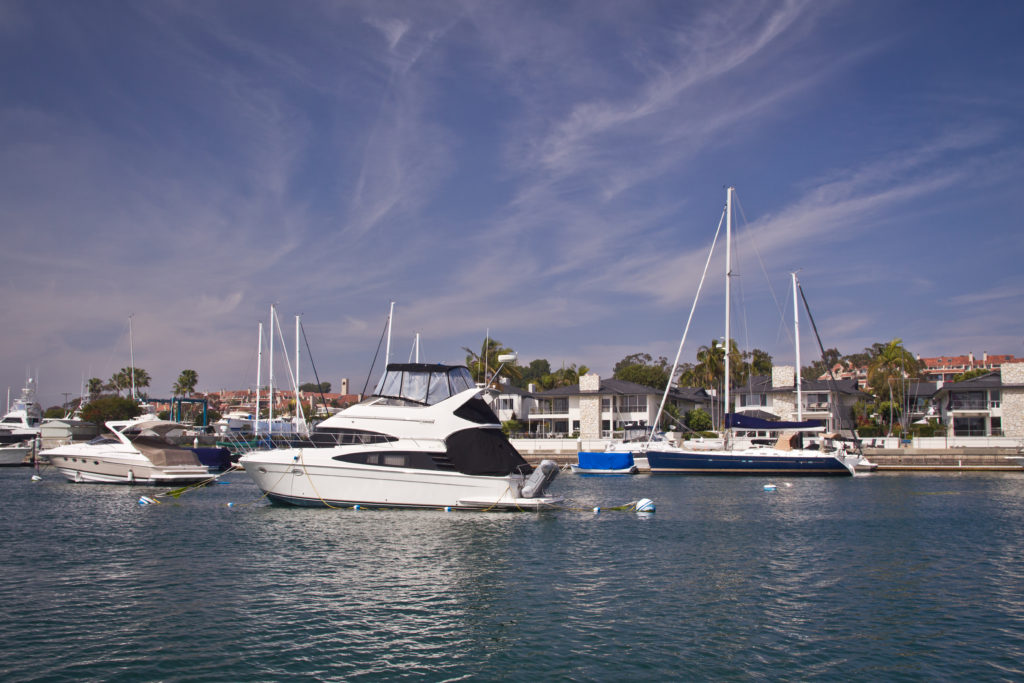This topic may seem a little bit early, but NOAA says that the early part of summer 2024 in the Eastern Pacific (April, May, early June) is still being affected by a lingering El Nino – the more dangerous warm phase that feeds tropical storms in Mexican coastal and offshore waters and the Sea of Cortez. In February, the sea surface temperatures there were 2.9°F above normal.
So, for recreational boaters who are still in Mexican waters at this time, it’s not too early to think about hurricane preparations. “The time to repair the roof is when the sun is shining,” said President J.F.K.
TO BASH OR NOT TO BASH?
Migrating out of Mexican waters before hurricanes arrive usually means facing the 720-n.m. northbound route outside of the Baja California Peninsula.
Every year and month present different wind and sea conditions, but look at the Coast Pilot, and you’ll see that northbound boats generally must “bash” into the prevailing northwesterly winds and southbound current. Capt. Jim Elfers’ humorously instructive book “The Baja Bash” details how to safely bash north up Baja with the least amount of pain and suffering.
Personally, I’ve done the Baja Bash with my husband a couple dozen times while delivering...







